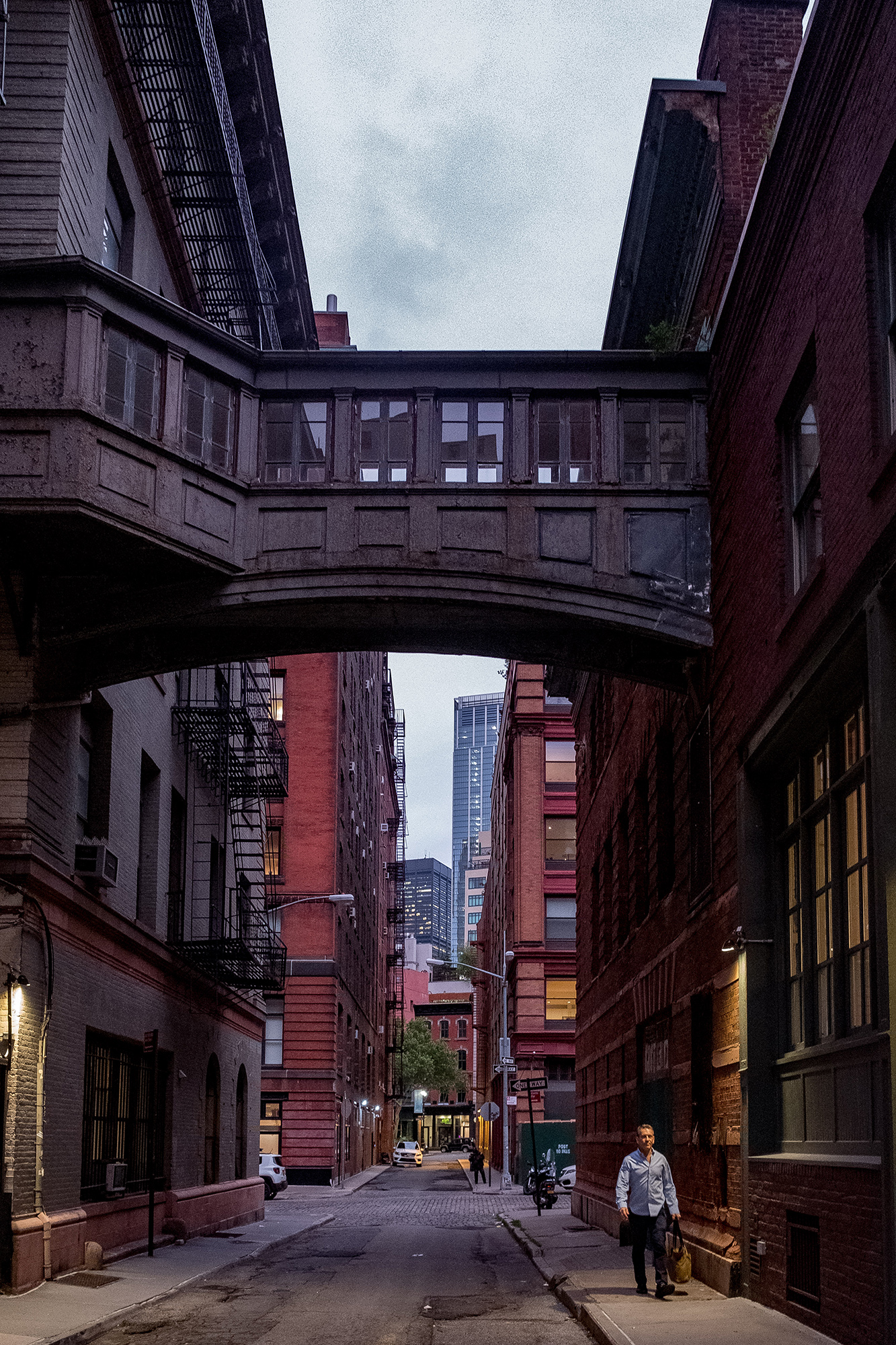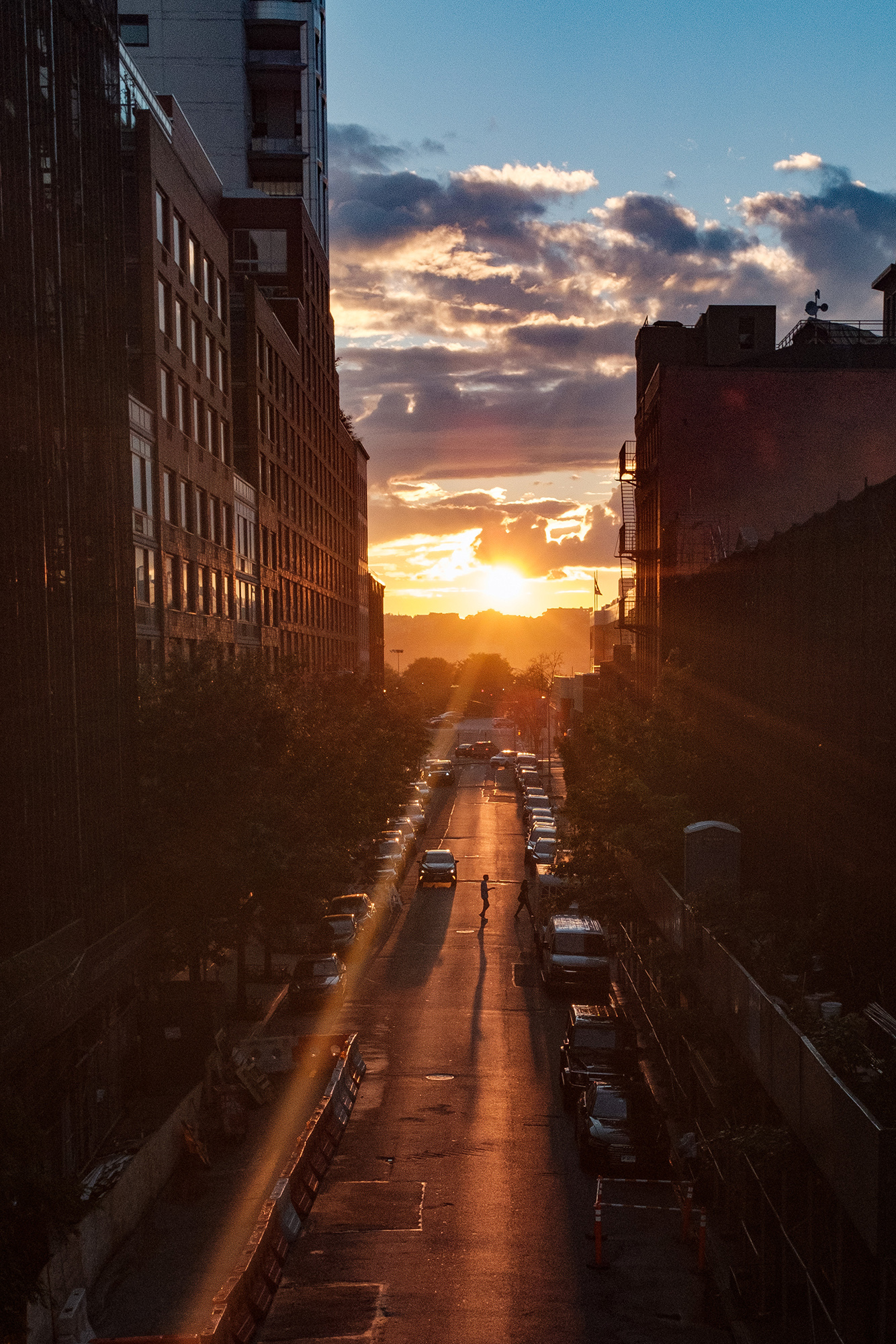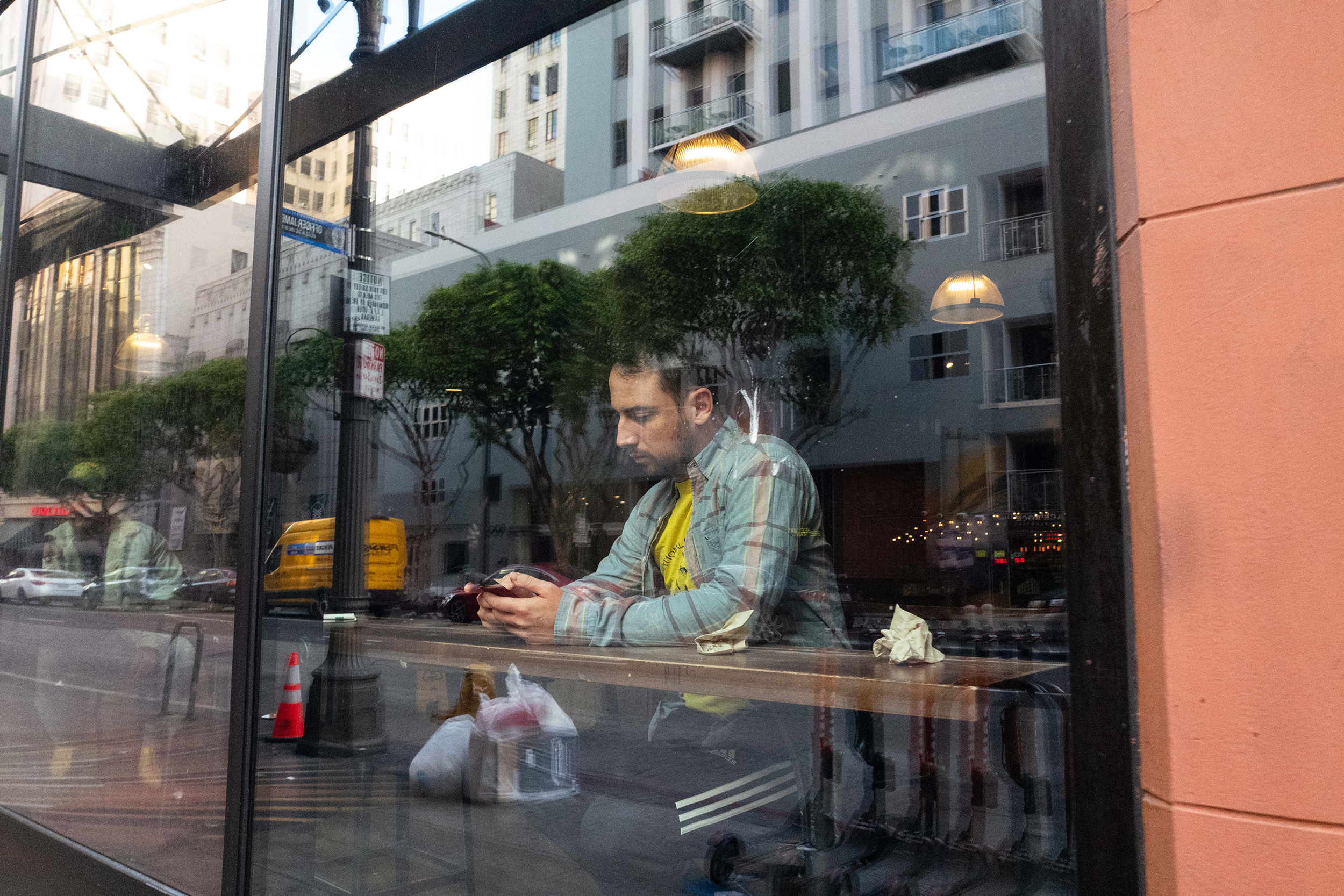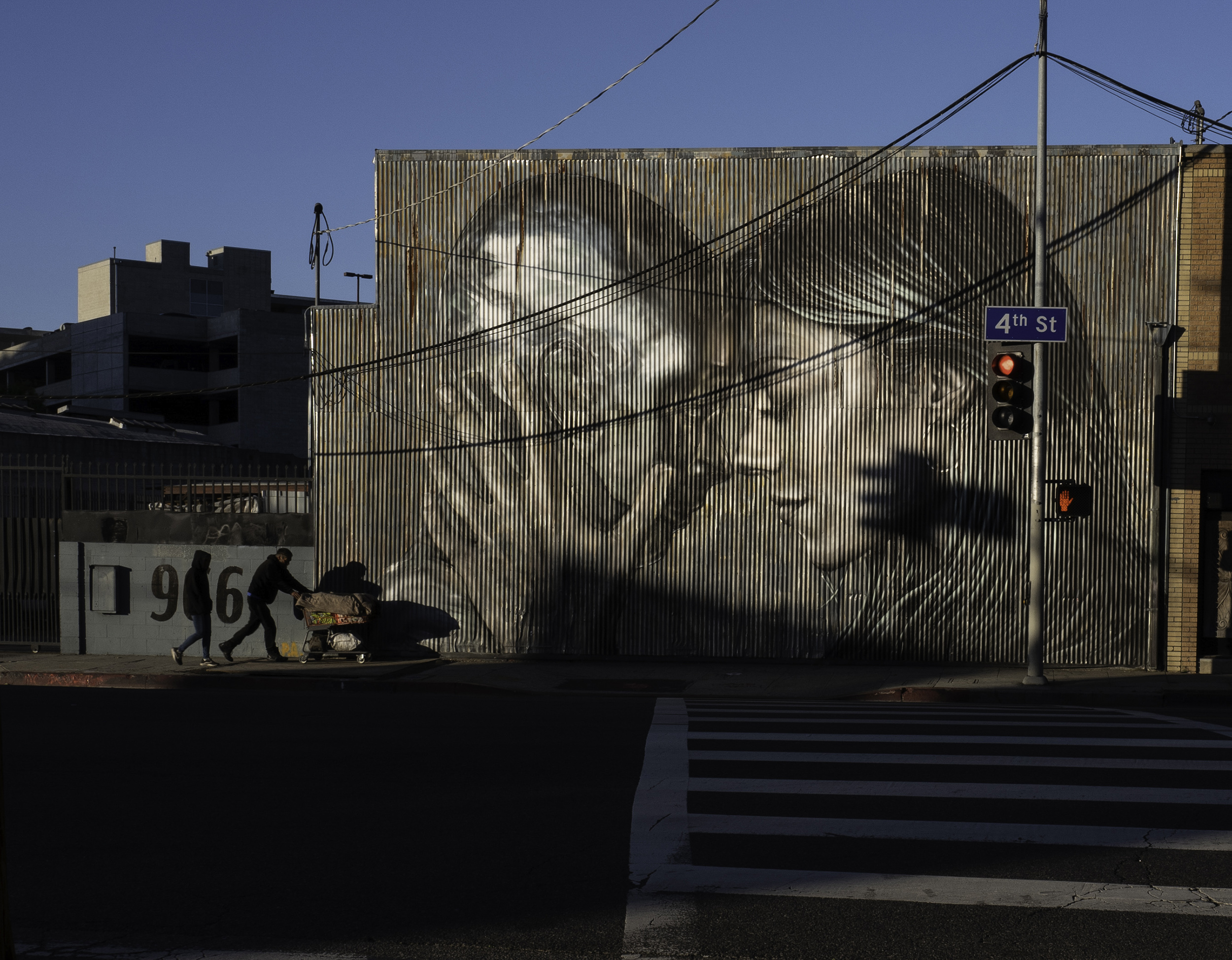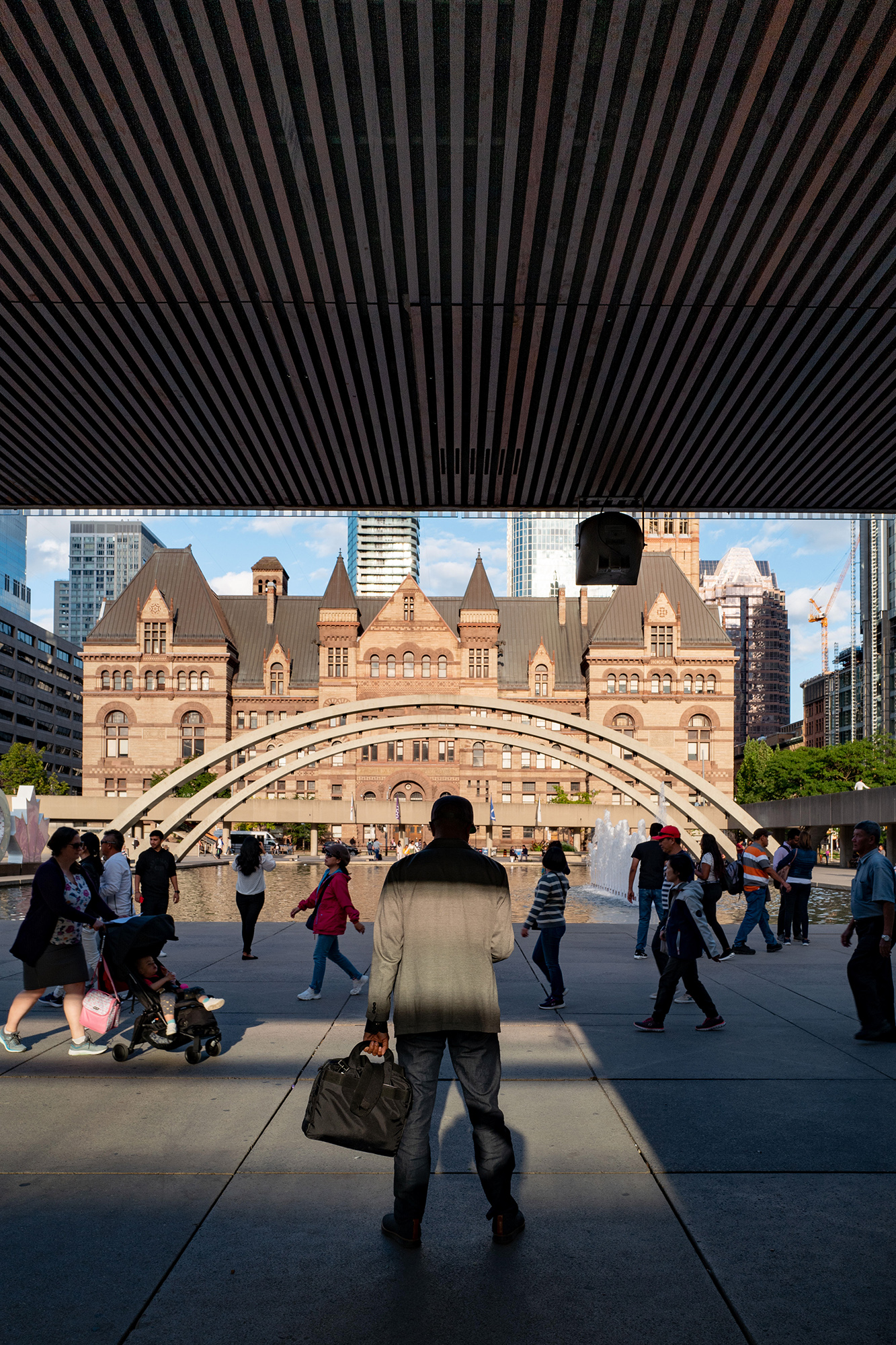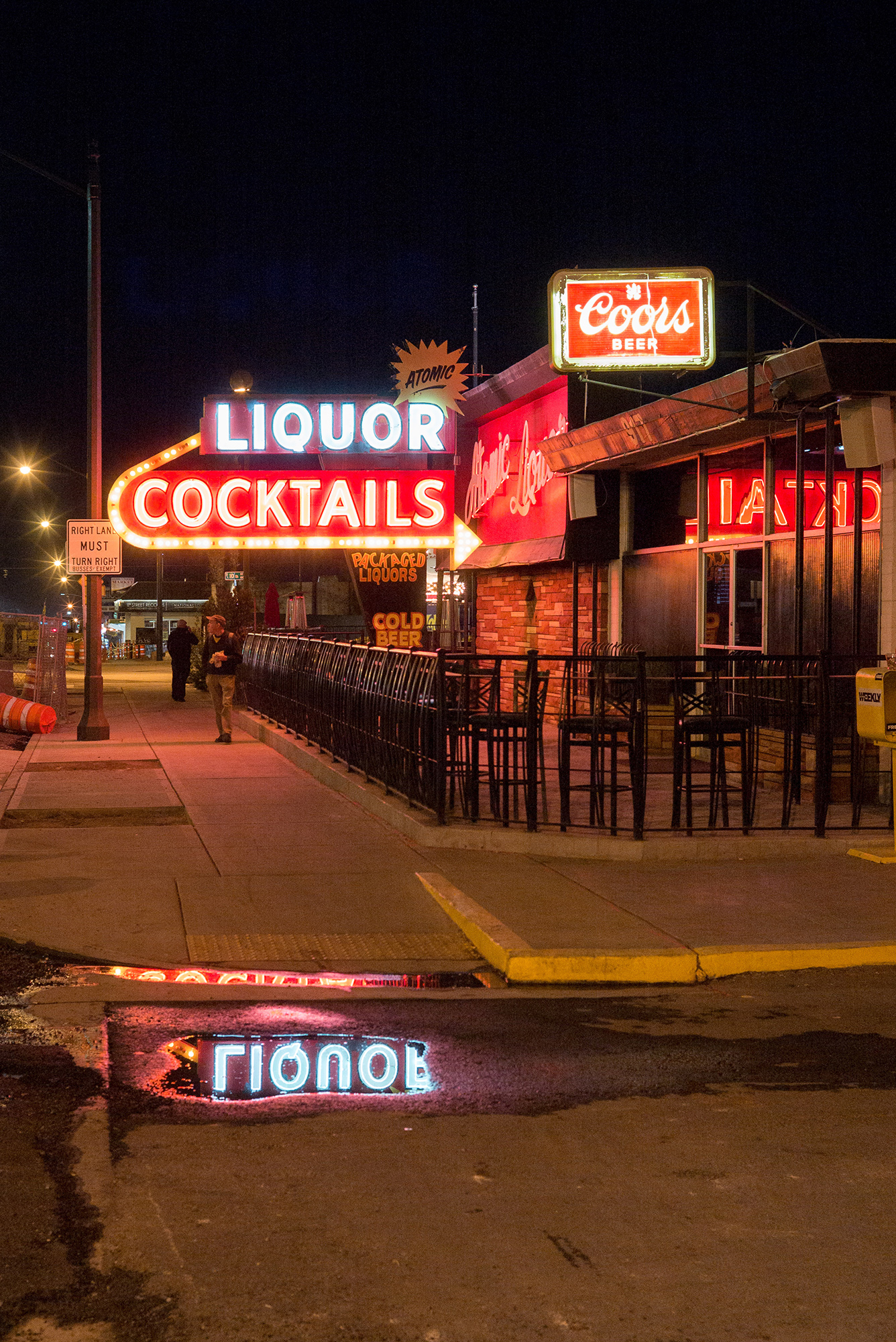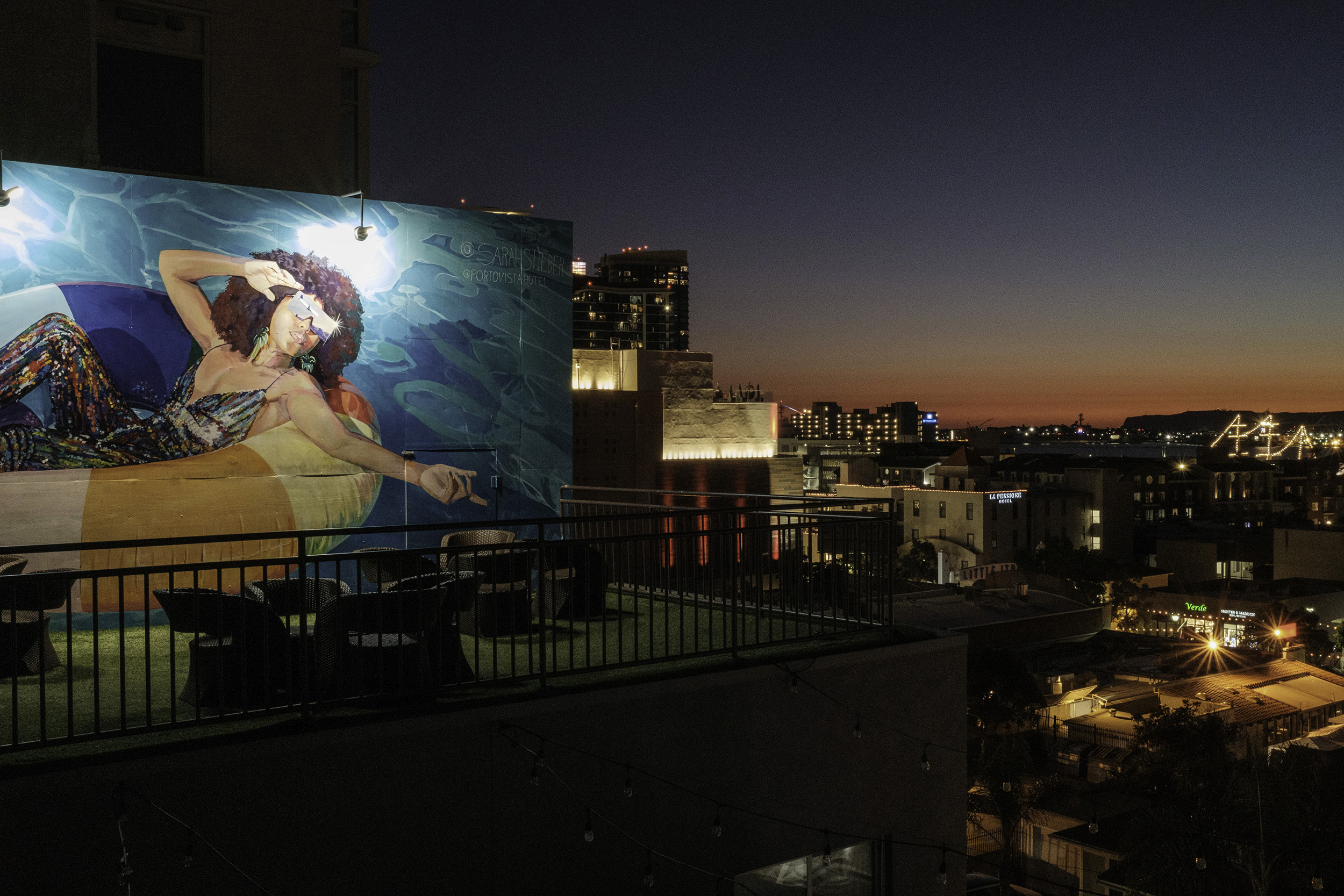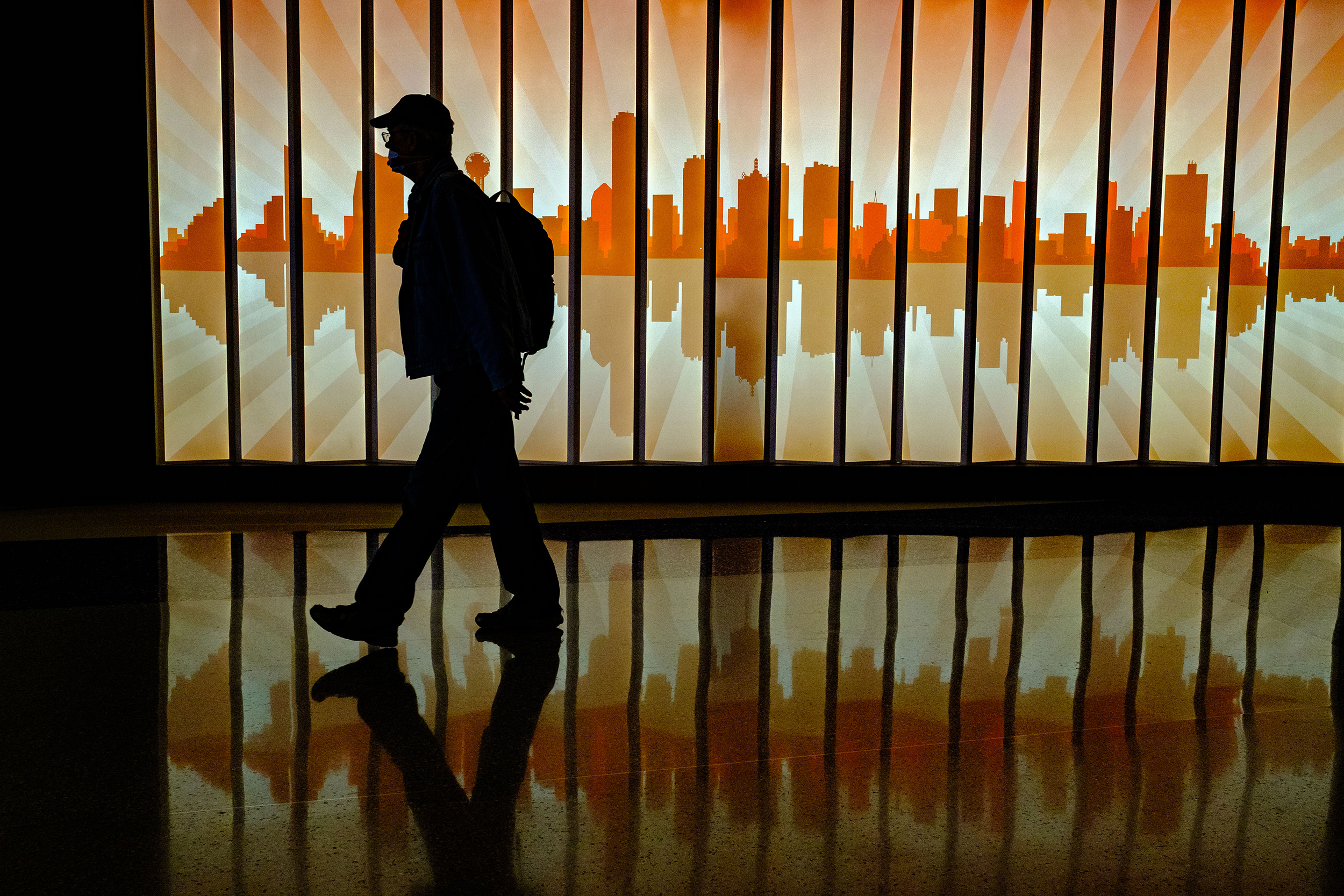It seems to me that X100V starts with the Form Follows Function essay written by Louis Sullivan in 1896. “All things in nature have a shape,” Sullivan said, “that is to say, a form, an outward semblance, that tells us what they are, that distinguishes them from ourselves and from each other.” The X100V distinguishes itself from other cameras with a graceful appearance and a diminutive size that belies its incredible capacity to be an engaging camera for those who travel. Moreover, those who want to focus on seeing images unfold in the moment.
My journey with Fujifilm started when I purchased the X100 in 2011. I wanted something smaller than my DSLR and something that was unobtrusive to carry everywhere. The X100 changed everything, it allowed me to use a small camera with the controls I wanted with great image quality. While the image quality was excellent, the quirks and overall functional performance wasn’t at the point that I could abandon the DSLR and interchangeable lenses. One thing was for sure, I was sold on the Fuji mirrorless ecosystem. In the next couple of years, I added the X-Pro 1 and several lenses. Then the X100S and X-Pro2 and eventually the X100F.
I was shooting the X-Pros for my street and portrait work. While I was taking the X100 series on work trips where I needed to travel light and time to shoot was much less.
It was 2019 on a vacation that I felt a shift. While I had brought the X-Pro2 and the X100F, I realized that I was getting more shots that I really liked with the X100F than the X-Pro2 with an array of lenses. I realized It wasn’t the gear… it was me.
The form and function of the X100F were changing who I was as a photographer. The small size of the camera and the ability to be comfortable with it in every sense allowed me to see more clearly. I was sure the single lens and single-mindedness were helping me progress as a photographer.
It wasn’t that the X100F in and of itself was perfect for me, but the idea of a small body and single-lens that fit my style. After returning from the trip, I decided to explore what other cameras might be even better in the form and function factors for my needs. The Leica Q certainly had the looks and specs to be what I believed was the ultimate camera to fit my style. I purchased the Q and after an afternoon of comparison shots, it was clear that the autofocus was significantly faster than the Fuji, I sold the X100F. I thought this camera has some major advantages over the Fuji, its full-frame, it has a much better lens, faster autofocus, and a much simpler overall design. I loved fewer buttons, a better menu design and how much easier it was to shoot at f8-f11 on the streets in manual focus.
Over the next year, I really enjoyed the Q’s 28mm focal length but at times I wished for 35mm or even 50mm on the streets. I wondered if buying a Leica M would allow me to get the range of length I needed without losing that single-minded focus that I needed to feel good about my process. So, against all that I had learned from the X100, X100S, X100F Leica Q, I sold the Q and purchased the Lecia M and a few lenses. Telling myself that this camera would allow me to build a custom perfect travel camera, the Leica M plus Leica 35mm and 50mm Summarits and the Zeiss M 28mm.
The Leica M gave me flexibility, but the other thing it did was cloud my creativity and make me always ask myself what the image would have looked like if I had used a different lens. Or worse yet make me wonder while on the street should I stop and change the lens. I hated this feeling. There was much to like about the images I was getting but it was the overall experience that left me wanting less to think about.
2020 arrived and travel, which had been part of my calendar nearly every other week, stopped. I sat and worked at my desk and looked at the Leica M and lenses and longed for a camera that was less but more. The Leica Q was great, but it was significantly larger than the X100F and limited to the wider end of things at 28mm. I had seen the announcements about the X100V and the newly updated lens and I wondered. Could the new X100V give me a better experience than the Leica M or Q? From experience, I knew the 35mm focal length has been very productive for me in terms of portfolio images and the Fuji has the advantage of the WCL to get to 28mm without many if any negatives.
I decided to purchase the X100V and test it for myself. It was a short test, I walked into my living room with the X100V and the Leica M with the 35mm Summarit. I set both cameras at F4 with a shutter of 1/60th with ISO at 400 and shot my bookshelf handheld in the available light. No tripod, no fancy charts, why? Because for me it is never about any of that it is about the form, function, and ability to have a clear mindset to just go shoot and not let the camera be the problem but simply the tool to capture what I see.
When I looked at the images at 100 percent, I was shocked at how much better the new Fuji lens was than the previous version. I could hardly believe the result of my test as it led me all the way back to the X100V.
I realized that the small size of the X100V and the ability to put it in my jeans back pocket in a pinch now had a lens that was truly as good as it gets. The X100V provided all of this convenience while not sacrificing image quality. This was a sensor and lens combination that performed better than cameras and lenses that cost 3-5 times as much.
I love the subtle X100V form and function refinements like getting rid of the D-pad to clean up the rear of the camera while also incorporating the tilt screen without changing the feel in the hand. The improved viewfinder is also appreciated. While it is still not quite as quick to focus as the Leica Q, I expect firmware will close the gap some. The X100V has a much smaller size and low light performance that in my experience bests the Leica Q.
After owning the X100V for only a couple of months, I am very happy with how it feels to use. I love the ability to carry the camera easily and be ready to capture life as it comes. The film simulations especially Classic Neg and Classic Chrome are as good as advertised. The lens improvement in X100V takes the series to a new level of performance. For me, it truly is a camera that merges form and function into a perfect tool that encourages me to not think but to only see.





